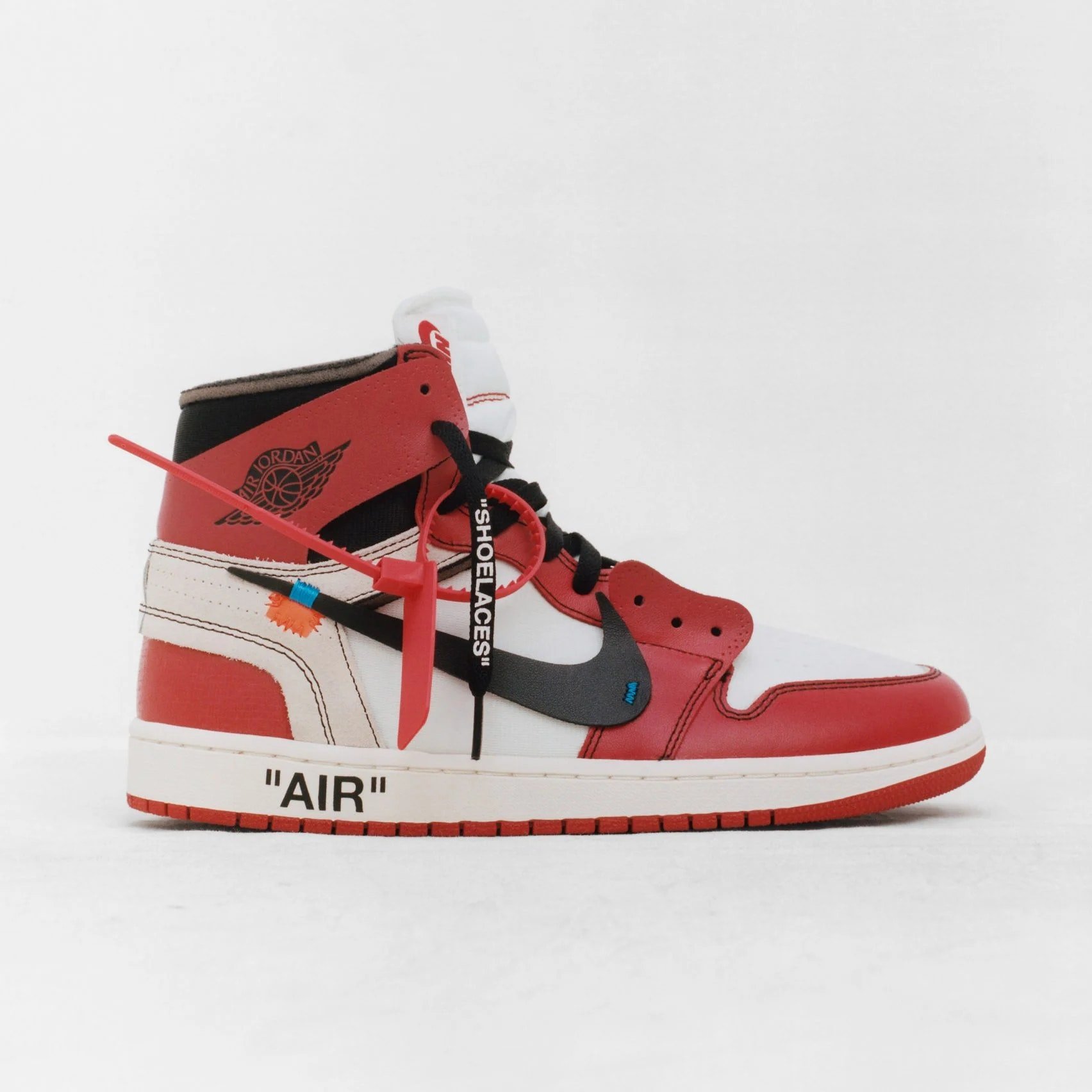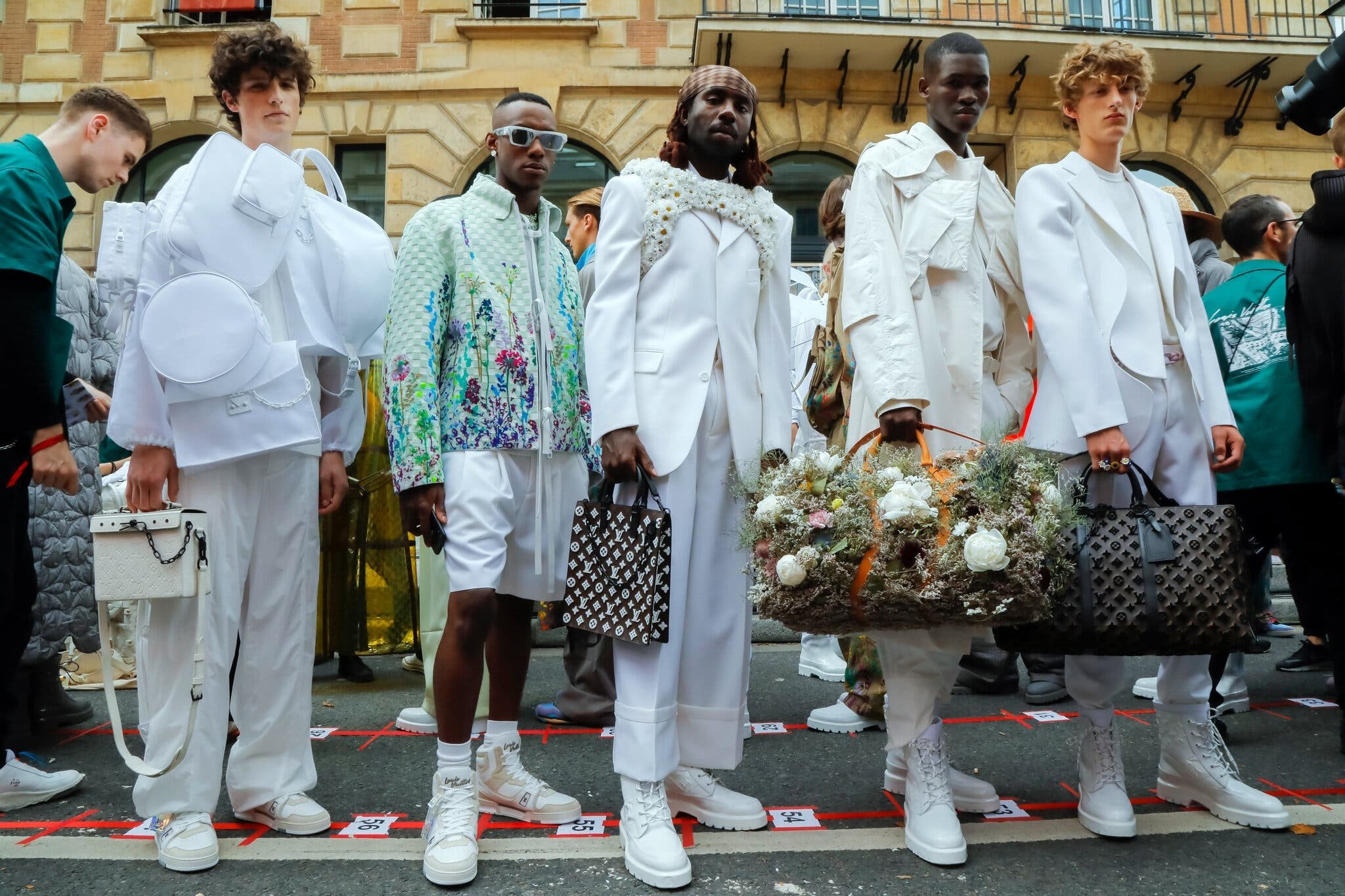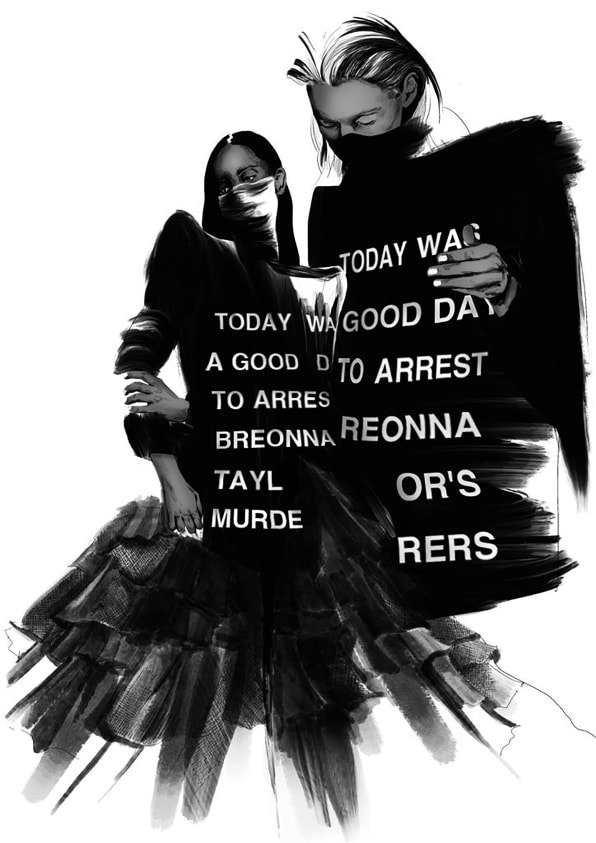The Age of Creativity
As we all fixate on forging things with the scalability, math and plumbing of data, a case may be made that true wealth and joy are being sculpted with the specialness, magic, and poetry of creativity.
A story is “data with a soul” and “we tell ourselves stories in order to live”
Humans seek the magical, choosing with our hearts and then using numbers to justify what we just did.
If humans made ROI decisions, we would not have children since on a financial and other numerical criteria they do not compute.
Data and tech are necessary but will increasingly not be the differentiators for most companies.
Disney has the “Magic Kingdom” and not the “Algorithmic Kingdom” and Disney+ invests in data and technological capital to ensure competitiveness but they differentiate using creative and intellectual capital.
Netflix stock price fluctuates on its ability to attract new subscribers which is directly co-related with its ability to launch new creative endeavors and its true difference today versus other competitors is not necessarily just it’s celebrated data but it’s ability to harness global creative talent versus most competitors who focus on creative national talent. Eg. Squid Games.
In 2021 the most valuable company in Europe was LMVH the owner of Louis Vuitton and Tiffany and the most valuable company in the world was Apple both differentiating on creativity.
Both companies have amazing supply chains and foundries/technologies, but they differentiate versus competitors and have an ability to charge significant premiums (they manage to get their buyers to forgo data driven decision making that many marketers fixate on) by focusing on provenance, materials, design, innovation, and storytelling.
Almost all the value of a Nike shoe is in its design, collectability, and brand halo and not in the rubber, cloth, and lace.
Tesla is as much a community and a religious movement than a bender of metal.
Data and technology are like electricity and water in that one needs them to illuminate the way forward and hydrate decision making but very few companies truly will have differentiated data and technology as more and more computing moves to the cloud and becomes open, modular, and inter-operable as we enter Web 3.0.
One cannot compete without access to data and technology, but one cannot win with them alone unless one is just a data and technology company and even then, they may not be enough.
Companies’ ability to leverage human capital and talent to leverage data and technology to unleash creativity and innovation will be the true builder of wealth.
Technology has always turbocharged art and creativity.
From the earliest discoveries of fire to modern computing devices and cloud-based software, humans have bent and leveraged technology in creative ways to express themselves and connect with each other and the wider world.
Fire did not just keep us warm, enabled the cooking of food and forging of new tools but it also let people turn clay into hardened ceramic pots and vases, useful for carrying and storing food, water, or other items which were then shaped and decorated in ways beyond their functional use.
The invention of paper gave rise to scrolls and the printing press to religious and other revolutions, then came photography which unleashed several industries and moved away from being another form of painting. We saw radio, television, and the most revolutionary force of all the conflation of mobile phones, social networks, and creative enablement via cloud software.
Today technology is enabling artistic and creative endeavors by a) fueling new art forms, b) enabling far more people with a variety of tools to express themselves creatively and c) scaling the ability to share, display and connect with potential audiences and patrons.
Today fifty million people in the United States call themselves “Creators”
Please see Art and Technology to understand how Art and Technology have moved hand in hand.
Web 3.0 will unleash a revolutionary creative age.
And we are just about to launch into the truly creative age enabled by Web 3.0
The current age of computing which is Web 2.0 has been one that has been centralized, closed and not inter-operable. The reason that Mark Zuckerberg is keen on the metaverse are twofold. First, he realizes that he needs to attract engineers who may not want to work on the social network aligned with their values or cutting edge enough and second because he is smart enough to know that Facebook as designed today looks like America Online did when the World Wide Web came to be, and he needs to pivot the entire firm.
In the new world of Web 3.0 closed systems will be replaced by open systems, centralized by decentralized/democratized and interoperability modularity will rule (think how Lego pieces regardless of where you buy them, and from which set work with each other).
A big part of this will drive be the Blockchain and Non-Fungible Tokens (NFT’s) combined with advances in Augmented Reality and Virtual Reality.
Facebook became Meta Platforms, Square became Block, Microsoft is a key leader in this space, but it is the creative uses of these emerging technologies what one needs to pay attention to.
While a big part of what is happening in the crypto and NFT space maybe a combination of noise, hype and Ponzi schemes there is a true revolution underway in that individuals will increasingly have much greater ownership of their creativity and data and attention and be able to monetize and own them versus handing them over to a social media platform that owns them, monetizes your attention and data and gives you a bunch of “likes” in return.
Some years ago, when we had to buy a song, we liked we may have been forced to buy a CD. Then we could buy the song itself from the Apple or Google store. Then we could access any song we wanted from Spotify or Tidal or other services. So, the content had become unbundled from the physical form but in most cases the creator was still bound to the company they had sold their rights to. And they could not usually profit from sales of their work in the future which they can now do with smart contracts.
The move to talent power began as individuals like Shonda Rhimes could negotiate with a Netflix, a Taylor Swift re-recorded her songs so she could own the rights rather than Big Machine and folks like the late Virgin Abloh could simultaneously be LMVH’s creative director and have his own Off-White label. But it was not just big names, but new stars could leverage Snap, Tik-Tok, You-Tube and other platforms to become known and then launch programming on Netflix and Network television.
But there were limitations to how many rights they held and how much control they had.
That is now changing and is likely to turbo charge the Age of Creativity as talent begins to own more rights, have more control and a far greater palette to tell stories.
The late Virgin Abloh called himself and was truly a “Maker”. Here is his masterclass on how he makes at Harvard University Graduate School of Design
We are about the enter the “The Age of Makers”
Here is an animated film that Virgil directed during the dark days of both Covid-19 and what we now know when he was very ill with terminal cancer.
How to prepare for the next Creative Age or “The Age of Makers”
Step One: Watch this just issued video on NFT’s from the Financial Times. It is 20 minutes long but is the best overview in plain English with artists, curators, technologists explaining their potential.
Step Two: Google “Bored Ape Yacht Club” and burrow into the articles. If you would like a sample article to read here is one… https://www.cnet.com/how-to/explaining-the-bored-ape-yacht-club-nft-collection/
(Please pay attention not to the dollar figures but the fact that four artists began this and how other members of the community get to own, adapt, build what they bring to the program. Try to separate your feelings that this may be a Ponzi scheme with the fact that there are now technologies that enable true creative ownership, democratization of benefits and the ability to create/interoperate and build without knowing code. Also note that right now the whole thing is very difficult like things were at the early age of the Web but in a couple of years this will be simple as using an Apple phone)
Imagine the creative (and marketing) possibilities coming.
Step Three: Make sure that you and your company are not being blinded into an alley filled with data and technology only.
If leaders particularly leading marketers truly believe that the future is all about data and tech versus it being just an ingredient, then there is no need for a marketer. AI and other Algorithms can do our jobs since they can compute, compare, and co-relate better than all of us.
Too many industries forget that it is talent and people combined with technology and data that make the difference.
If the marketing and marketing services industry is reduced to a data driven and tech industry the continued flight of talent that most Clients and Agencies have been suffering from will continue since if you only want to work in data and tech, why not work in a data and tech company that is more focused on that and provides the potential of valuable stock options?
Wealth and Brands are created through combining story and spreadsheet. Today when a new dawn of creativity and making is being unleashed and data and tech is being commoditized and offered as ingredients and service, we need to make sure we are focusing on our ability to attract, retain, train, re-aggregate and unleash talented creators and makers. And to do so in a flexible way, in fear free innovative cultures that modern technology and the new unbundled distributed workspace of tomorrow are enabling.
Let us stop fixating on the Arrows (how they are made, how many big lakes full of them we have and how cheaply we can buy them) and instead let us focus on the Archers.
Getting the arrows is not too difficult but attracting and motivating the archers is.
Building enterprises that have access to a disproportionate share of archers/creatives/makers is what true leaders and companies will focus on in the Creative and Maker Age.
Creative by Virgin Abloh. RIP.




